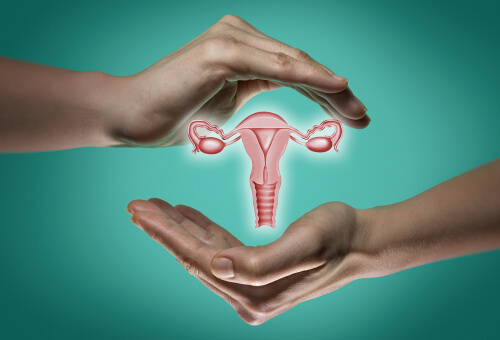Fertility Preservation for Women with Gynaecological Cancer

“Cancer survivorship is increasing because of early detection and better treatment. So, when young women in the reproductive age group are diagnosed with gynaecological cancers like cervical, ovarian and uterine cancers, fertility preservation becomes an important issue to be addressed,” explains Dr. Sabhyata Gupta, Director, Gynaecology and Gynaec Oncology at Medanta - The Medicity.
Why Is Fertility a Concern?
Besides cancer affecting reproductive organs in the woman’s body, very often treatment plans also impact fertility. Chemotherapy drugs, for example, are known to kill healthy cells in the body along with cancer cells. Some chemotherapy drugs can affect the ovaries; they stop producing eggs or do not produce the required quantity (normal amount) of hormones, needed for reproduction.
In cancer of the ovaries, many a time, both the ovaries are removed, through surgery, as a precautionary measure. Radiation is also known to affect the egg-producing capabilities of the ovaries and can affect the layers of the uterus, making it difficult to conceive. Even in other cancers like that of the blood and brain, treatment can affect the reproductive organs, even though the cancer is detected in another part of the body. In such circumstances, when the patients are in the childbearing age group, the ability to conceive and have children is an issue that needs to be addressed by gynaecologists and oncologists.
How is Fertility Preserved?
Today a host of conservative surgical techniques are used to help women preserve their fertility. Some of these are:
Trachelectomy
For very early stages in cervical cancer, a trachelectomy surgery can be done. This surgery removes only the cervix (the lower narrow part of the uterus) and the remainder of the uterus is left in the body. Removing just the cervix and not the entire uterus allows the woman to conceive the child and deliver the baby through a caesarean. Earlier, surgery including a hysterectomy was done on all cervical and uterine cancer patients. A hysterectomy is when the complete uterus and cervix are removed.
Unilateral Oophrectomy
In many cases of ovarian cancer, both the ovaries and the fallopian tubes are removed as a part of the treatment and to identify the stage of the disease. However, in younger women, in early stages of the disease, just the affected ovary and fallopian tube may be removed through a procedure known as Unilateral Salpingo-oophorectomy. The uterus and the other clinically normal-looking ovary are preserved.
“If patients are found to be at risk of developing cancer in the other ovary, then it is removed after the birth of the baby,” explains Dr. Sabhyata.
Ovarian Transposition
This procedure is done to prevent the ovaries from being impacted by radiation when cancer is detected in another part of the pelvic region. Through ovarian transposition, the ovaries are moved outside the field of radiation through minimally invasive surgery, and can escape the detrimental effect of radiation, to a considerable level.
Ovarian Suppression by Hormonal Medication
At times, hormone treatment is given to protect the ovaries from chemotherapy. The aim of drugs known as LH blockers, is to stop the ovaries from working during the time of chemotherapy. Hence the chemotherapy does not have an impact on cells of ovaries. Once the treatment is completed, the injections are stopped and the ovaries start working again.
Doctors treating the patient will be in the best position to decide on the modality and the success of the treatment, based on the patient’s cancer diagnosis as well as the stage of cancer when detected.
Non-Surgical Treatments
In very early, well differentiated uterine cancers, fertility can be preserved by giving non-surgical, medical treatment. However, all these patients have to be under a strict follow-up.
In Conclusion
Today, strides made in the medical field ensure women get the best treatment options. Fertility preservation therapies imply that women today can conceive and have children even after a cancer diagnosis. However, it also means that patients remain in constant touch with their oncologist, gynaecologist and fertility specialist, to make informed fertility preservation decisions and to ensure the cancer has not returned or resurfaced in another part of the body.
“However, key for all these treatments to work is early detection. The earlier the cancer is detected, the better the outcomes for the patient. If detected at a later stage, the gynaec oncologist has no other option but to remove the reproductive organs,” says Dr. Sabhyata.






